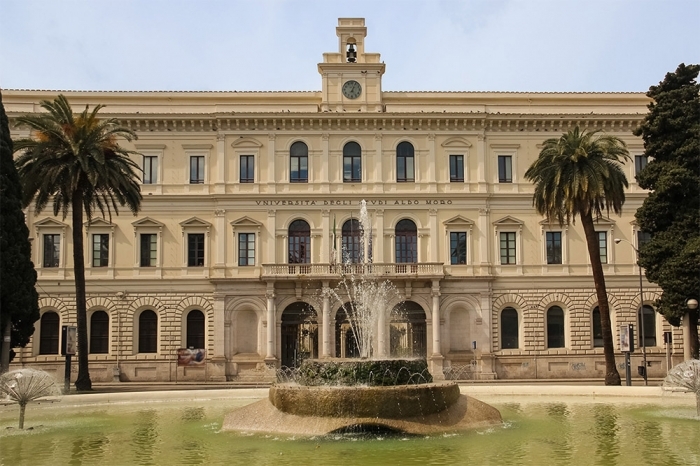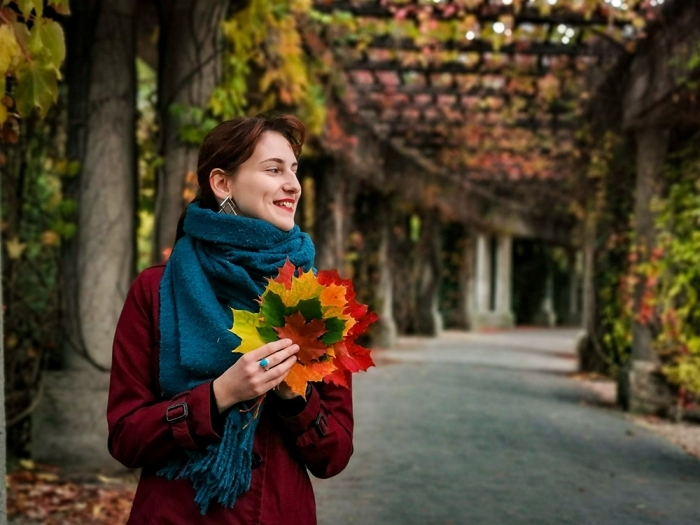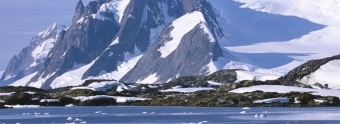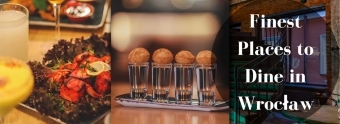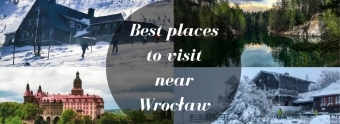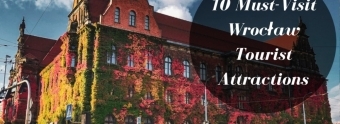The Apulia Region, Italy: An Official Visit To The University Of Bari Aldo Moro
July 18, 2022 by Oliwia Gertych
On May 9-13, 2022, mgr Sławomir Czerwiński (Department of Spatial Development) and mgr Łukasz Kasprzak (Department of Geoinformatics and Cartography) were representing the Institute of Geography and Regional Development of the University of Wrocław in Italy. As part of the Erasmus exchange programme, they participated in a training visit at the University of Bari Aldo Moro.
A breathtaking destination
Bari counts over 300 thousand inhabitants and is the largest city on the Adriatic Sea. It constitutes an important industrial, commercial and cultural centre of southern Italy. There is a large commercial, passenger and military port with permanent ferry connections with Croatia, Montenegro and Greece.
The city has developed shipbuilding, machinery, automotive, cement, textile, steel and food industries (mainly pasta and wine factories). Bari is also an important tourist centre.
There are many interesting monuments in the city, such as Romanesque and Gothic Catholic churches, including the Romanesque-Gothic cathedral of St. Sabina (the city’s first patron), constructed at the turn of the 11th and 12th centuries. In addition, tourists can admire the Renaissance chateau, palaces and many other buildings.
Smooth functionality of the university
During the visit to the University of Bari, the Wrocław delegation exchanged information on the organisational structure of both universities, as well as solutions implemented in day-to-day administration. In addition, they raised the issue of rules that were (and still are) applied during the pandemic.
COVID restrictions in Italy, still in place during this visit, did not differ from those adopted at the University of Wrocław. The administrative and scientific employees were divided into groups, taking turns showing up for work. On that note, it’s good to point out the complete computerisation of every department at the university, which efficiently facilitates the stationary, remote and hybrid ways of work that took place during the visit.
Exchange of experiences in working with students
Another topic covered was the experiences of cooperation with students and involving them in the university’s development. For instance, the student council of the University of Bari isn’t only an administrative must. It stands out as a place where every student can come and get help from older colleagues, study, photocopy notes or plan a social or scientific project. Moreover, the outstanding students in their last year of studies tend to work as interns in the structures of the university. They often help in the international office, promotion office or scientific research.
The activities show a strong symbiosis between the student council and research clubs with the structures of the University. This creates a friendly atmosphere in the university and an omnipresent spirit of cooperation and openness. Nevertheless, looking at the structure of the university and its administrative solutions, the official hierarchy is very strictly respected, the same as the principles adopted for the functioning of the University of Bari.
A quick tour of the campus
The employees of the University of Wrocław visited the university campus, including, of course, the Faculty of Geosciences and Geoenvironment (Dipartimento di Scienze della Terra e Geoambientali). Later they proceeded to the institute library.
The university’s campus consists of many squares and courtyards, where students and research workers spend time between classes and work. Apart from its social function, this space is also utilised for work. In between the buildings, there is space for giving lectures, seminars or organising scientific conferences. In addition, there is a gastronomic zone on the campus.
The building of the Faculty of Geosciences and Geoenvironment counts 5 floors. Apart from the rooms of research and teaching staff, laboratories and workrooms, there are classrooms, a library, a museum, and the administration of the unit.
The Museum of Geosciences (Museo di Scienze della Terra) is divided into two parts. Entry to the first part is free of charge, and it contains exhibits presenting the history of the Earth, its structure and nature, and research instruments. It’s where future university students are presented with available university offers and courses waiting for them. The second part is related to mineralogy (with paid entry).
An overlook of the Apulia region
This trip allowed our professors not only to see the capital city of Apulia but, at the same time, explore other nearby places, which only proved this part of Italy to be a marvellous destination. They had the opportunity to visit several towns around Bari, such as Polignano a Mare, Alberobello, and the city of Trani. All thanks to the efficient functioning railway connections between the cities.
Polignano a Mare lies within 40 km of Bari and is probably the most instagrammable place in all of Apulia. Its trademark must be the amazingly picturesque beach in a gorge, surrounded on both sides by a cliff. In addition to the beach, tourists can admire many monuments located in the historic centre.
The town of Alberobello is known primarily for its unique forms of construction - characteristic round houses with conical stone roofs (known as trulli), inscribed on the UNESCO World Heritage List.
And lastly, Trani is a port city known as the pearl of the Adriatic. It’s mainly famous for its marble mining. You can get lost there in a maze of narrow streets reminiscent of the old town of Bari. In addition, there is a lot of impressive architecture, such as the 11th-century Romanesque cathedral, the 12th-century Templar church, and the 13th-century castle.
That would be all on the beautiful region of Apulia. As proved, these visits allow the University’s administration to learn the latest solutions to the organisational part of the academic life and implement necessary changes that improve the functionality and accessibility of the University for its students. Additionally, it allows one to explore a new and intriguing corner of the world.
Should you have any queries related to the Tourism & Hospitality studies at the University of Wrocław or if you need general information about the city, please write to us on social media - Facebook, Instagram, or contact us via email.
Oliwia Gertych
Oliwia is a Master's student of Spanish Philology at the University of Wrocław. She has hands-on experience in content creation, translation, and events management. Oliwia has an impeccable command of multiple international languages, such as Polish, English, Spanish, French, and Italian, making her a competent linguist. Apart from writing, she engages with the artistic community of the city as a violinist and a singer.
See also: LinkedIn, Facebook, Instagram.











